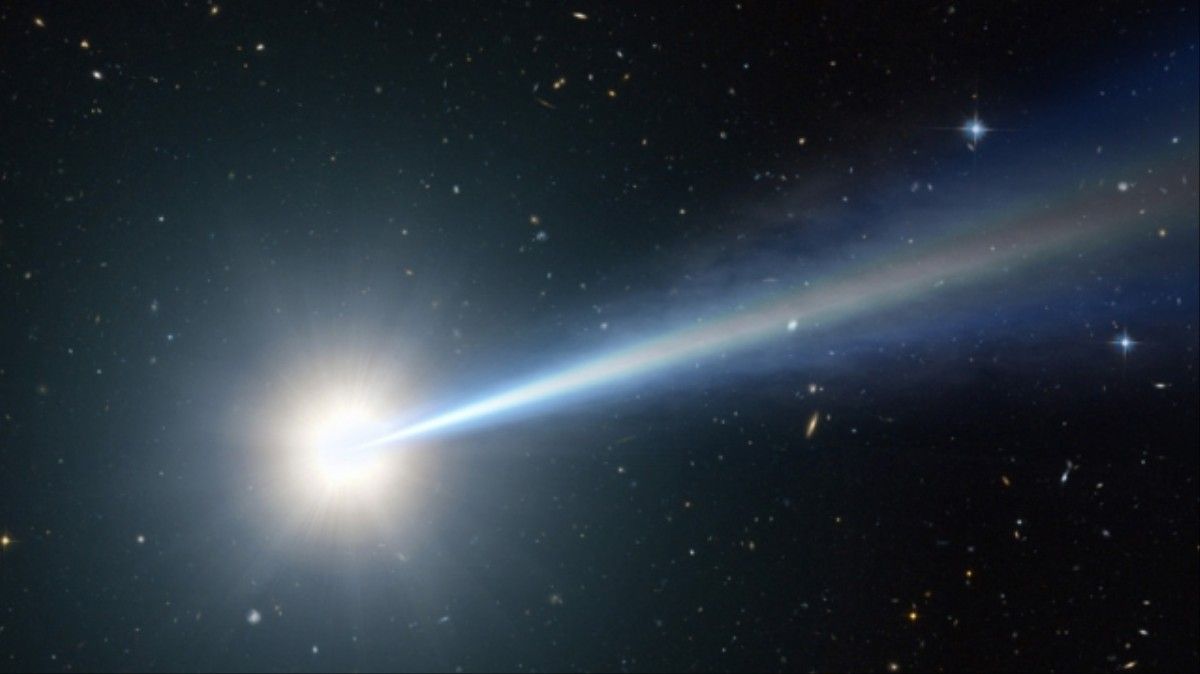Quantum entanglement is the theory that particles can be connected in such a way that measuring one particle can instantaneously convey information about that measurement to the other particle, regardless of the distance between them. It almost sounds like magic, which is probably why it received a healthy dose of criticism from the physics community when the theory was first proposed nearly 100 years ago.
Albert Einstein was a particularly vocal critic of entanglement, which he famously described as “spooky action at a distance.” Part of Einstein’s beef with the quantum mechanics crowd was that he believed that particles have definite qualities that exist before they are measured and that two particles distant in space and time can’t affect one another instantaneously since they are limited by the speed of light—a viewpoint known as local realism.
Under quantum mechanics, however, the properties of a particle don’t exist independently of measurement used to determine those properties. Moreover, when it comes to entangled particles, the measurement of one particle will instantaneously influence the properties of the other entangled particle. This means that the values of these properties will be highly correlated—so highly correlated, in fact, that the degree of coincidence in their values can’t really be explained without recourse to quantum mechanics.









Comments are closed.